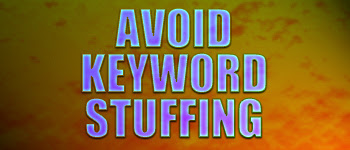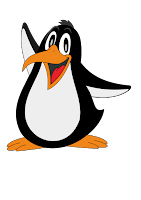On page optimization
On page, optimization is a part of white hat SEO. It refers to optimizing factors that affect the listing of the website in search results.
The following techniques are covered under on page optimization;
- keyword analysis
- Tag optimization
- Title
- Meta-keywords, descriptions, language
- Heading-H1,H2,H3,H4,H5,H6
- Bold
- Hyperlink
- Alt
Snippet
A web page will be shown as a basic snippet in google search results. Simply snippet means the way of providing search result of a web page by google. It contains SEO title, web page URL, Meta description
Tag Optimization
Optimizing the HTML tags using selected keywords is tag optimization, keeping in mind the character limit along with space. using the keywords in tags will increase your visibility on search engine result
Meta tag
The meta tags are the part of the website where you put your keywords. Meta tags determine the relevancy of the website so they must be selected carefully. The content must be different for each page and must be relevant to that page. The website must be updated according to the time mentioned in the revisit tag. The character limit for meta keywords is 140-160 and for meta description is 120-140. Meta description must contain more than 3 meta keywords and one prime keyword
Title tag
The Title tag is used to specify the title of the website. The title is the clickable text displayed in the result as the title of the web site. Title tag optimization is done to make sure that the web pages gets displayed for the targeted keywords
For optimizing the title tag,
- The title for each web page must be different
- Keywords must be present along with page name
- Title must have only 5 words or must be less than 70 characters including space
- Words of the title must be separated by pipeline "I" or ","
- Title is written within the tag <title><\title>
- Title must be unique and meaningful
Heading tag
HTML has 6 heading tags from H1 to H6. The most important heading is H1 and the least important is H6. Each page must have at least one H1. H1 is used to highlight the most important keyword or title in the page.
H1tag;
- A most important part of the body section is the content h1 tag. because h1 text area gets more attention from users compared to the rest
- we have to put our focusing key there in h1 tag
- It has to move away from all grammatical errors and spelling mistake etc..
- H1 always contain the primary keyword of our website
H2 tag;
- It is more or less important than h1 tag
- Only one h2 tag is preferred on a web page. if we use lengthy description within the h2 tag. The more than h2 tag is allowed in a web page
- The content of h2 must be related to the h1 content
Bold
A title tag must be highlighted by using bold.
Content optimization
The clickable text present on the web page is called anchor text. In SEO these anchor text must be relevant to the page you are linking. All the anchor text must have title filled with keywords or the hyperlinks must be properly titled. we should include relevant content about our website. we must be focused on that to never provide hyperlinks on any focusing keywords. because it will act as a recommendation to other website and result ranking of the same
Image optimization
we know the image is the most attractive part of the web page. it must be relevant and related to the content of our website. to get mass attraction webmasters to use the image as infographics. we have to always use the image which is relevant to our website.
Usually, Google identifies an image using three fundamental elements, they are...
- save the image using a file name, which is related to the image itself. Never use space within the file name while saving the image
- Presence of attribute'alt' with an image tag. Alt is the attribute used to identify the image correctly contents within the image tag.
- <img src="image URL"alt="image name"/>





















